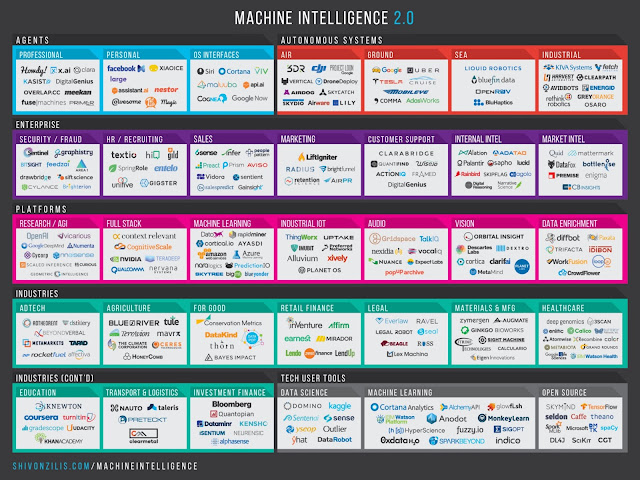Sapho aims to use machine learning to save employees more time navigating systems
Sapho's Employee Experience Portal plans to use machine learning to monitor how an employee uses business applications and then dish out the most relevant information to them.
Sapho is banking that machine learning will allow it to manage your personal enterprise applications so you don't have to.
The company, which is focused on integrating enterprise applications into what it calls an Employee Experience Portal, plans to use machine learning to monitor how an employee uses business applications and then dish out the most relevant information to them.
Time savings from Sapho's machine learning tools would come from less time searching, navigating various systems and completing work within legacy systems. Sapho estimates that employees spend one day a week searching enterprise systems for work information.
Sapho's machine learning features are being rolled out with key features being in tech preview. Sapho's machine learning technology integrates with business applications to provide employees with proactive notifications on things like travel thresholds, spikes in Web site traffic and even bias within approving personal time off.
CTO Peter Yared said the machine learning Sapho uses is based on user behavior and things like how long a customer lingers on a card, engages and performs actions.
The tech preview includes machine learning features such as:
- Sapho Assistant, which enables employees to ask questions in plain English and get data from systems.
- Recommended cards, which are suggestions based on how groups of employees interact with work feeds.
- Unconscious bias detection. Sapho will monitor decisions made through a system, cross references with identity and flags managers if there's bias in a decision
This helps the company to get most relevant information from employees.




Comments
Post a Comment